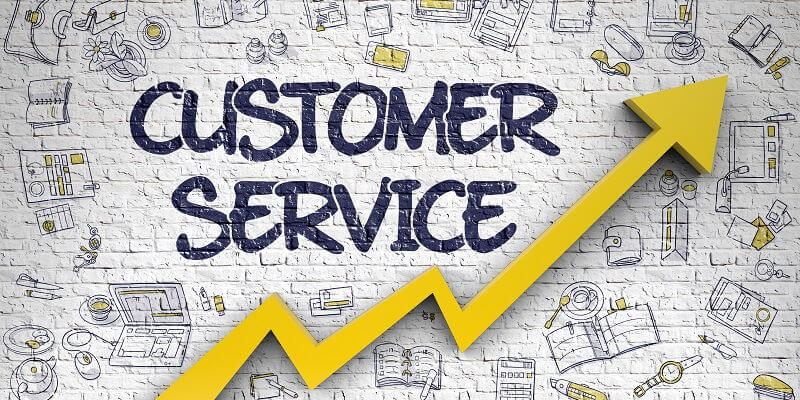Marketing, sales, and customer service are three crucial functions of any business that work towards achieving one common goal: customer satisfaction. They are the building blocks of any successful business, and combining them can yield numerous benefits. In this article, we will explore the benefits of bringing marketing, sales, and customer service together and why CRM integration is a crucial component for business success.
The benefits of combining marketing, sales, and customer service
Cost savings
Bringing marketing, sales, and customer service together is a surefire way to reduce operational costs. These three functions are often siloed, leading to duplication of efforts that can easily be eliminated through integration. Combining these functions can help eliminate redundancies and streamline processes, resulting in significant cost savings. This means that the business can allocate more resources towards other critical areas such as product development, research, and development.
Increased revenue
Combining marketing, sales, and customer service is not just about reducing costs. It also offers significant revenue growth opportunities. When these three functions work seamlessly together, they can easily identify cross-selling and upselling opportunities that would have otherwise been missed. Moreover, they can easily identify new markets, trends, and buying behaviors, allowing the business to create tailored marketing campaigns that resonate with target audiences.
Better insights into customer behavior
Bringing marketing, sales, and customer service together can provide valuable insights into customer behavior and preferences. Integration ensures that data flows seamlessly between different departments, allowing for faster decision-making based on shared insights. Integration can facilitate the tracking of customer interactions with the business at every touchpoint. This information can then be used to tailor marketing campaigns, improve the sales process, and enhance customer service delivery.
Enhanced team collaboration
Bringing marketing, sales, and customer service together can foster a culture of collaboration and teamwork, which can lead to faster problem-solving and decision-making. Integration of these three functions ensures that every individual in every department is aware of the customer’s journey with the business, enabling them to deliver a seamless customer experience. This can also foster a culture of accountability, where everyone is responsible for the customer’s satisfaction.
Integration
Integration is the key to combining marketing, sales, and customer service. Integration is the process of bringing together all these functions under one platform where data flows seamlessly between different departments. CRM integration enables a business to manage its customer operations seamlessly, providing access to accurate, real-time data that can be used to make informed decisions. The benefits of integrating all functions under one platform are numerous, including:
Faster decision-making: Integration ensures that decision-makers have access to accurate data in real time, enabling them to make informed decisions quickly.
Shared insight: Integration ensures that data is accessible to all teams, fostering collaboration and shared ownership of customer experiences.
Improving customer satisfaction: Combining marketing, sales, and customer service is crucial to improving customer satisfaction. When these functions work together, the customer is the ultimate beneficiary. It ensures that every interaction with the customer is consistent, personalized, and seamless.
The link between customer satisfaction and loyalty/retention
Ultimately, increased customer satisfaction leads to higher rates of loyalty and retention. Businesses that can deliver a seamless customer experience are more likely to have happy, satisfied customers who will recommend the business to others. Moreover, customer satisfaction drives retention and repeat purchases, which ultimately translate to increased revenue.
Bringing together marketing, sales, and customer service, enabling them to work seamlessly together towards achieving one common goal: customer satisfaction. Combining these three functions can help businesses achieve cost savings, increased revenue, better insights into customer behavior and preferences, and enhanced team collaboration for faster problem-solving and decision-making.

